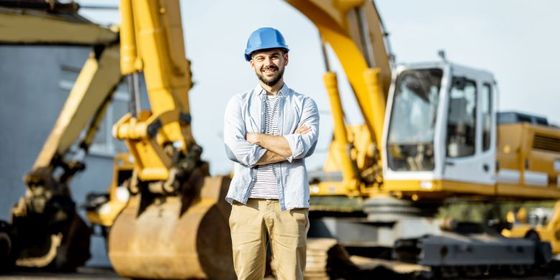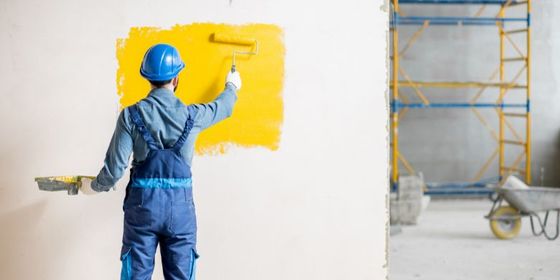Welcome to our comprehensive guide on Construction Specifications Institute (CSI) Division 02 – Existing Conditions! Whether you’re a construction professional looking to sharpen your skills or someone with a keen interest in understanding the various aspects of construction projects, this blog post will provide you with valuable information and insights.
Our goal is not only to educate you about Division 02 but also to inspire you to continue building your expertise in construction specifications and industry best practices. We hope you enjoy this informative and engaging journey through the world of CSI Division 02 — Existing Conditions.
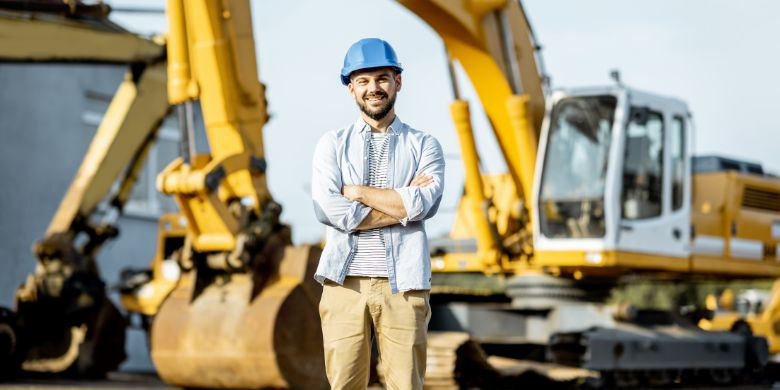
Table of Contents:
- Section 1: Introduction to CSI Division 02 – Existing Conditions
- Section 2: Surveying and Assessment of Existing Conditions
- Section 3: Demolition and Salvage of Existing Structures
- Section 4: Hazardous Materials and Remediation of Existing Conditions
- Section 5: Earthwork and Site Preparation in Existing Conditions
Suggested Posts:
- Introduction to CSI MasterFormat and Division 01
- Mastering Division 09 – Finishes in the CSI MasterFormat System for Improved Project Success
- Understanding CSI MasterFormat: Division 14- Conveying Equipment
Section 1: Introduction to CSI Division 02-Existing Conditions
Understanding existing conditions is crucial in planning and executing construction projects more efficiently. Our aim is to help you gain an in-depth understanding of the various aspects involved in assessing and managing existing conditions on construction sites. We will cover the following topics:
- Surveying and Assessment of Existing Conditions
- Demolition and Salvage of Existing Structures
- Hazardous Materials and Remediation of Existing Conditions
- Earthwork and Site Preparation in Existing Conditions
By familiarizing yourself with these essential construction specifications, you’ll be able to complete your projects with greater confidence and precision. So, let’s get started on our journey through the fascinating world of existing conditions in construction!
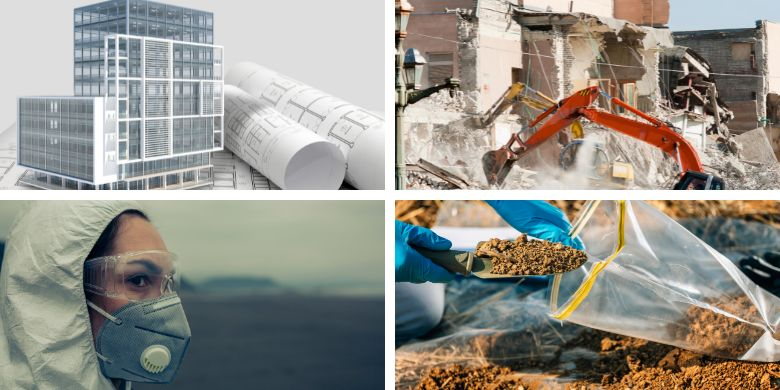
Section 2: Surveying and Assessment of Existing Conditions
In any construction project, accurately assessing the existing conditions of the site is crucial for efficient planning and execution. This section will delve into the importance of surveying and examining the site, the various methods and technologies utilized in the process, and the roles of professionals involved in this critical step.
The Importance of Precise Data
Acquiring accurate data is essential for making informed decisions and minimizing risks associated with working on pre-existing structures. Proper assessment helps in identifying potential issues that may arise during the construction phase and allows for the development of contingency plans to address these challenges. Surveying and assessment also contribute to estimating the project cost and timeline more accurately, ultimately resulting in better project outcomes.
Methods and Technologies in Surveying and Assessment
Several methods and technologies are employed to assess the existing conditions at construction sites. Some of the most common ones include:
- Laser Scanning: This technology rapidly captures 3D data of the site using laser beams, creating a digital representation that can be used to design and plan the construction project.
- Photogrammetry: Through this technique, photographs of the site are taken from different angles and then used to create a detailed 3D model.
- Ground-Penetrating Radar: This method uses radar signals to detect subsurface features such as utilities and geotechnical conditions, providing valuable insights for planning and design purposes.
Professionals Involved in Surveying and Assessment
The assessment of existing conditions at construction sites involves the collaboration of various professionals, each with their unique expertise:
- Geotechnical Engineers: They analyze the site’s soil, rock, and groundwater conditions and provide recommendations on how to address any geotechnical challenges that may arise during construction.
- Civil Engineers: These professionals assess the site’s infrastructure and utilities, as well as the impact of construction activities on the surrounding environment.
- Land Surveyors: Responsible for measuring and mapping the site, land surveyors provide accurate and detailed data on property boundaries, topography, and existing features. By understanding the importance of surveying and assessment, utilizing the latest technologies, and engaging the right professionals, construction projects can ensure that existing conditions are thoroughly evaluated. This, in turn, sets the stage for more efficient planning and execution, ultimately leading to improved project outcomes.
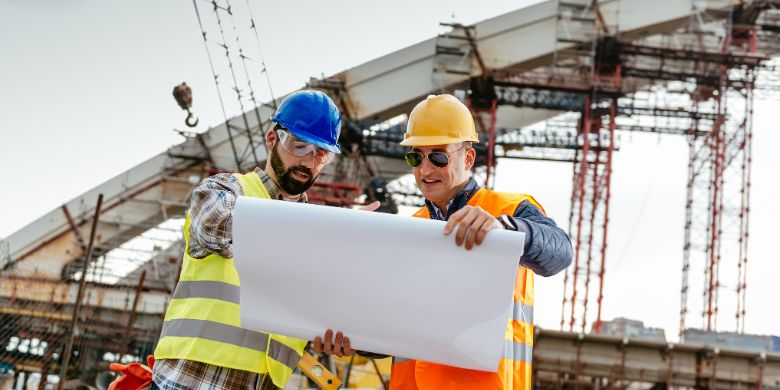
Section 3: Demolition and Salvage of Existing Structures
The demolition and salvage of existing structures are critical components of many construction projects, and a deep understanding of these processes is essential in CSI Division 02 — Existing Conditions. In this section, we will explore the importance of thorough demolition planning, various demolition techniques, and the benefits of salvage and recycling in the demolition process.
Demolition Planning and Techniques
When it comes to demolition, proper planning is crucial to ensuring the safety and efficiency of the project. This includes obtaining the necessary permits, selecting appropriate demolition methods, and establishing safety protocols at the job site. Some common demolition techniques include:
- Implosion: This method makes use of controlled explosions to collapse a structure rapidly, making it suitable for large-scale projects that require quick demolition. However, it also demands careful planning and skilled experts to avoid collateral damage to nearby structures.
- Selective Demolition: This technique involves the careful removal of specific structural components while preserving the integrity of the remaining structure. Selective demolition is useful for renovation projects, where only a portion of a building needs to be demolished.
- Deconstruction: This method is a more environmentally friendly approach to demolition, as it involves the manual disassembly of structures to allow for the salvage and reuse of materials.
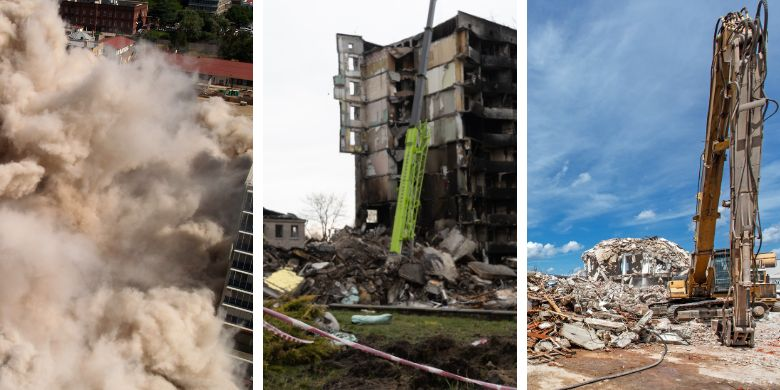
Salvage and Recycling in Demolition
Incorporating salvage and recycling into the demolition process not only contributes to sustainable construction practices but can also lead to cost savings for construction projects. Here’s how:
- Reduction in waste disposal costs: By salvaging and recycling materials, the amount of waste sent to landfills is reduced, consequently lowering waste disposal fees.
- Tax benefits: In some jurisdictions, construction companies can receive tax benefits for salvaging and recycling materials.
- Revenue generation: Salvaged materials can be sold, generating additional revenue for the project.
- Reduced material costs: Reusing salvaged materials in the construction process can help lower the costs associated with purchasing new materials. The benefits of salvage and recycling, combined with the numerous demolition techniques available, highlight the importance of understanding and effectively managing the demolition and salvage processes in existing structures.
By gaining an in-depth understanding of CSI Division 02 — Existing Conditions, construction professionals can effectively navigate the complex landscape of demolition and salvage, resulting in improved safety, cost savings, and successful project outcomes. Stay tuned for our next section, where we will discuss the identification, removal, and disposal of hazardous materials, as well as the remediation of contaminated sites.
Section 4: Hazardous Materials and Remediation of Existing Conditions
In this crucial section of our exploration of CSI Division 02 – Existing Conditions, we will delve into the identification, removal, and disposal of hazardous materials, as well as the remediation of contaminated sites. Understanding and addressing these issues is vital to ensuring a safe and healthy environment during and after construction processes.
Common Hazardous Materials in Existing Structures
Before embarking on a construction project, it is essential to be aware of the common hazardous materials that may be present in existing structures. Some of these materials include:
- Asbestos: Often found in insulation, floor tiles, and roofing materials, asbestos can cause serious respiratory ailments, such as asbestosis and lung cancer.
- Lead-based paint: Widely used in older buildings, lead-based paint can cause developmental issues in children and harm the nervous system in adults.
- Mold: Resulting from moisture problems, mold exposure can cause health problems, such as asthma attacks and allergic reactions.
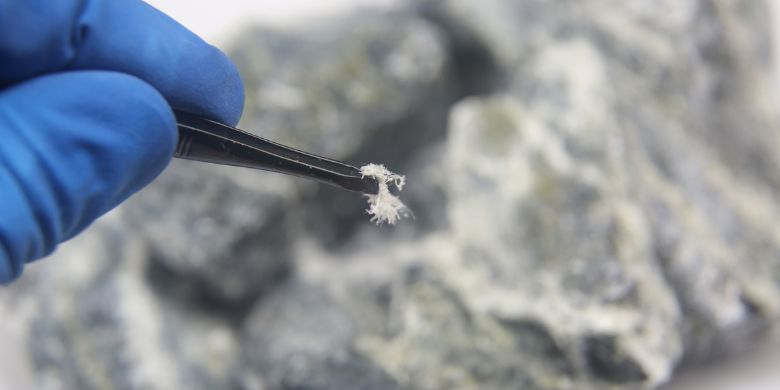
Professionals Involved in Hazardous Material Remediation
Navigating the complexities of hazardous materials in existing structures often requires the expertise of various professionals, including:
- Environmental consultants: These experts assess the presence and extent of hazardous materials, develop remediation plans, and oversee the implementation of these strategies.
- Industrial hygienists: These specialists evaluate and control health hazards related to hazardous materials in the workplace, ensuring a safe environment for construction workers and building occupants.
- Abatement contractors: Skilled in the safe removal of hazardous material, these contractors follow strict guidelines and regulations during the remediation process.
Regulations and Guidelines
Adhering to local, state, and federal regulations is paramount when dealing with hazardous materials and contaminated sites in CSI Division 02 projects. Among these guidelines, you may encounter standards such as:
- Occupational Safety and Health Administration (OSHA) regulations
- Environmental Protection Agency (EPA) guidelines
- Local building codes and regulations Compliance with these regulations ensures the safe and proper removal and disposal of hazardous materials, minimizing risks to both workers and the environment.
Importance of Remediation in Existing Conditions
When it comes to construction projects involving existing structures, the significance of hazardous material remediation cannot be overstated. Addressing these issues is vital not only for ensuring the health and safety of those working on or occupying the building but also for protecting the environment and meeting regulatory requirements.
Furthermore, when hazardous materials are properly identified, removed, and disposed of, the overall construction process becomes more efficient, leading to cost savings and smoother execution of the project.
In conclusion, understanding the complexities of hazardous materials and the remediation of existing conditions is an indispensable requirement for construction professionals working with CSI Division 02. By mastering this facet of construction specifications, you can contribute to a safer, healthier, and more sustainable built environment for all.
Section 5: Earthwork and Site Preparation in Existing Conditions
In this section, we will discuss the earthwork and site preparation tasks that fall under CSI Division 02 – Existing Conditions. Proper site preparation, including grading, excavation, compaction, and stabilization, is crucial to ensure a solid foundation for new construction projects. Let’s dive into the various challenges and solutions associated with executing earthwork tasks in pre-existing conditions.
Grading, Excavation, Compaction, and Stabilization
Grading involves creating a level or sloping ground surface by adjusting the elevation of the soil. This process is necessary to control water runoff and provide a stable base for construction. Excavation consists of the removal of soil, rock, or other materials from a construction site, while compaction refers to the process of increasing the density of soil by removing air or water content. Finally, stabilization involves the addition of various materials, such as cement or lime, to improve the soil’s strength and durability.
Challenges in Earthwork and Site Preparation
Construction projects in existing conditions may often face several challenges during the earthwork phase, including:
- Underground Utilities: Existing underground utilities like gas lines, water pipes, and electrical conduits can pose obstacles during excavation. Accidentally damaging these utility lines may lead to costly repairs, delays, and potential safety hazards.
- Contaminated Soil: Construction sites with a history of industrial or agricultural activities may have contaminated soil that needs to be remediated before any new construction can begin. This process can be time-consuming and costly.
- Varying Soil Types: Different soil types may require different techniques for excavation, stabilization, and compaction. Properly identifying and addressing these variations is essential for ensuring the stability and integrity of the new construction.
Geotechnical Solutions
To overcome these challenges, construction professionals must rely on a range of geotechnical solutions. These solutions may include using advanced mapping and surveying technologies to identify underground utilities, conducting soil testing to determine contamination levels and suitability for construction, and implementing appropriate remediation techniques. Additionally, it’s vital to collaborate with experienced geotechnical engineers who can provide guidance and expertise in addressing site-specific challenges. They can recommend appropriate earthwork techniques and strategies to manage soil variations, ensuring a solid foundation for the construction project.
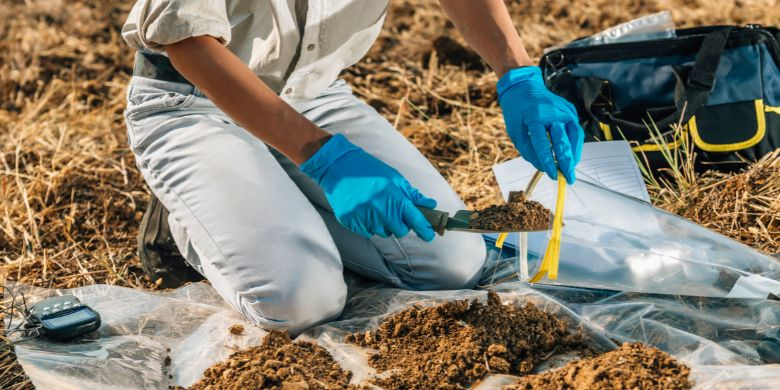
Conclusion
Understanding and effectively managing earthwork and site preparation tasks in existing conditions play a crucial role in the success and efficiency of any construction project. By identifying potential challenges and implementing proper geotechnical solutions, construction professionals can significantly improve their project outcomes, leading to cost savings, enhanced safety measures, and better overall project management.
In this blog, we have provided a comprehensive overview of CSI Division 02 – Existing Conditions, covering essential aspects like surveying, assessment, demolition, salvage, hazardous materials remediation, and earthwork. Gaining expertise in these areas will undoubtedly prove invaluable for your future construction projects.
Keep exploring and educating yourself on industry best practices, and don’t hesitate to seek out resources for further training in the field.
Upgrade Your Building Security
Get in touch with a Swiftlane specialist for more information on the best access control and video intercom solution for your building.

